The Independent's journalism is supported by our readers. When you purchase through links on our site, we may earn commission.
Sustainable eating: Why we all need to be going the whole hog
From nose to tail, root to shoot and beak to claw, Emma Henderson looks at the wasteless food movements in restaurants striving to throw away as little as possible of the copious amounts of animals and plants we grow solely for consumption
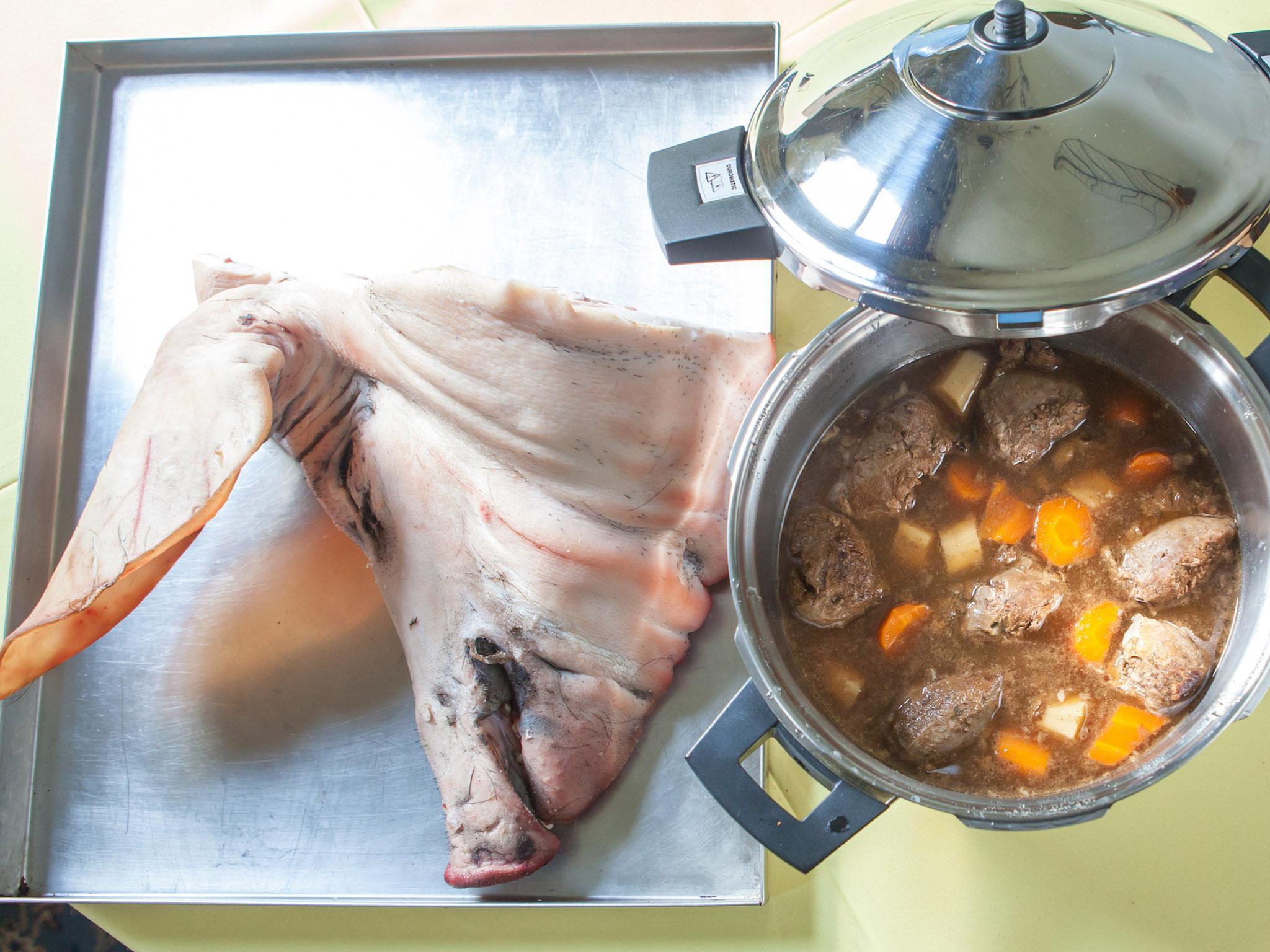
Sustainability is the buzzword of the moment. It’s quite literally on the lips of conscious consumers who want to know where their food has come from, how and where it lived and how it came to be on their plates.
Being sustainable is about reducing waste, and one of the most effective ways of doing this is by using as much of the animal or vegetable as possible. But this isn’t a new concept. Far from it. It’s a return to the post-war no-waste attitude where every part of the animal was used, preserved and little was thrown away – just like Native Americans lived off the Buffalo, from the brains to their hides. Instead, decades of convenience have changed perceptions, where people are more used to seeing vegetables wrapped in plastic than in the ground.
Aside from agriculture, sustainability has firmly moved into the food industry where wining the Sustainable Restaurant Award replaces the prestigious Michelin star, catapulting it to be on par with taste and aesthetics of dishes. But there is still a long way to go as an estimated one in every six meals ends up in the bin in the UK, and 30 per cent of hospitality waste is from customer’s plates, according to Defra’s latest figures from last month.
Across UK households, hospitality and retail industry, the country throws away 10 million tonnes of food annually, where 61 per cent could have been saved if it had been managed better, according to Waste and Resources Action and Programme’s (Wrap) latest figures. This is at a time when 8.4 million people are struggling to feed their families. And we’re not the only ones guilty of it. In the EU, around 88 million tonnes of food is wasted each year — enough to feed the 55 million Europeans living in food poverty more than nine times over.
Tristram Stuart, food waste activist and founder of Feedback, a food waste organisation, calls food waste a global scandal – and even 15 years ago he lived for months on food taken from bins in north west London’s affluent Primrose Hill known for its organic food shops.
Feedback wants to see food business halve their food waste by 2030, in line with the UN global goal. Carina Millstone, Feedback’s executive director, says: “Eating meat is one of the biggest impacts human beings have on the planet, and when we rear an animal for food we should at least eat the whole thing.”
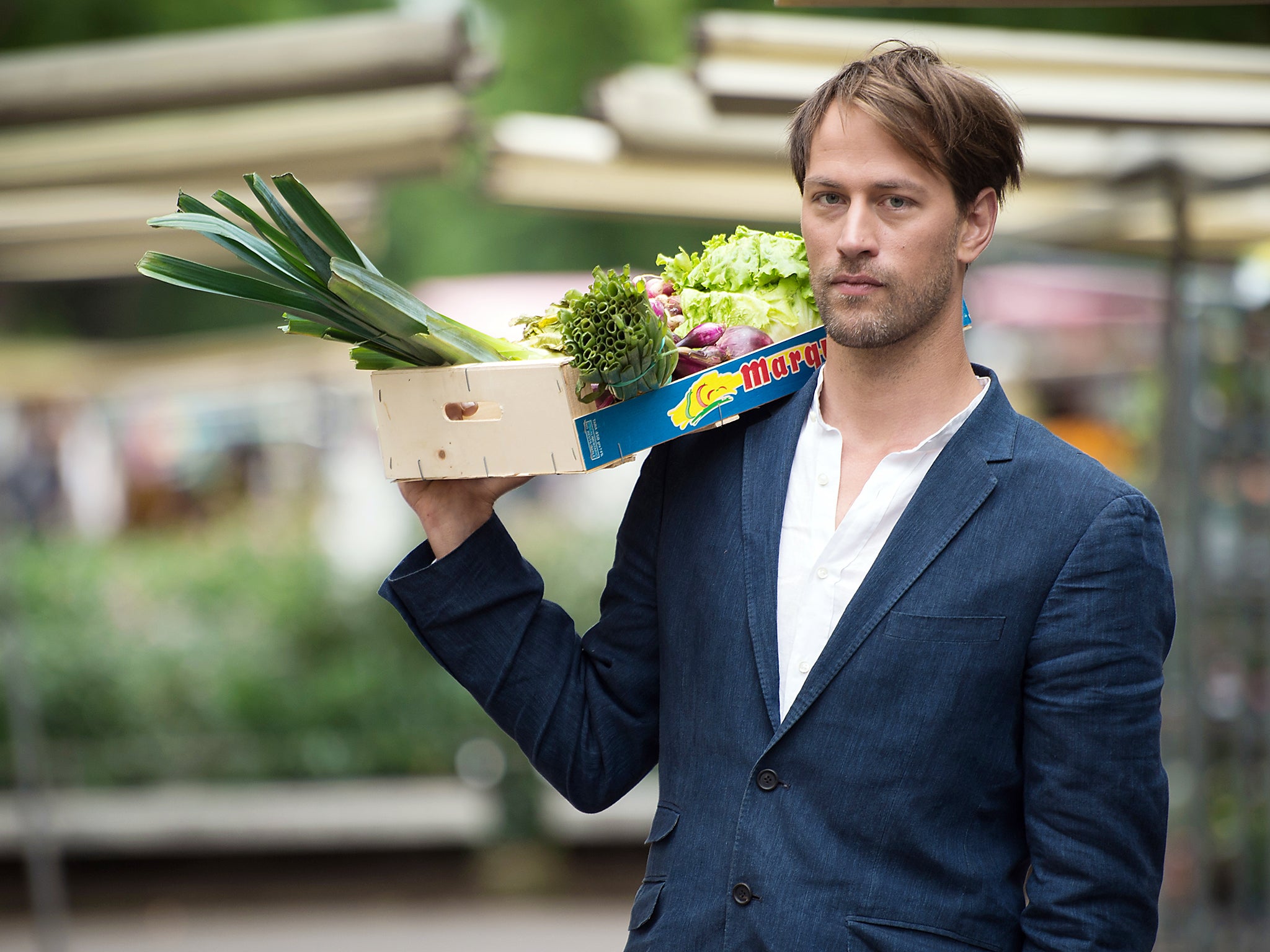
As consumers, we need to be more conscious of our actions instead of being all-consuming and numb to the damage waste causes. But a large part of it is down to fashions and trends, when at some point we began turning our noses up at using all types of offal, from kidney to tongue. But why, when we still eat sausages made with intestines, pate and caviar which all come under the innards umbrella.
A cut above the rest
An estimated billion animals are reared for slaughter each year in the UK, according to the Viva charity. And if we are raising these animals for one sole purpose, we should use them as effectively as possible. “Considering the extraordinary amount of energy, resource and time that goes into getting our food from the farm to the fork – it’s shocking to think just how much is wasted. The nose-to-tail eating movement is an important one, reminding us all of the high value that should be placed on the food we rear and grow,” says food supply organisation FareShare chief executive Lindsay Boswell.
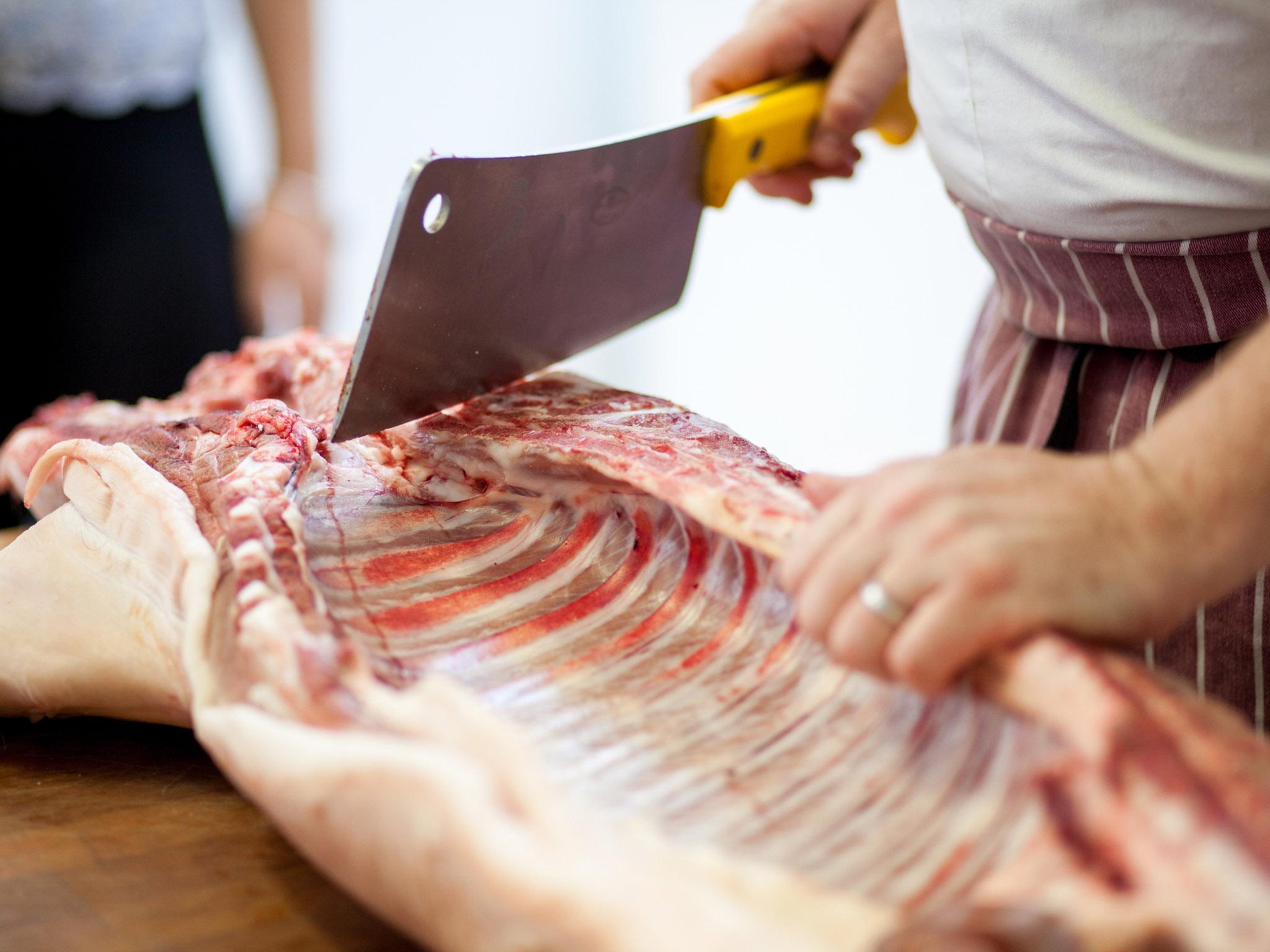
The forefather of bringing sustainability back on to our radar is Fergus Henderson, who coined nose-to-tail eating with his restaurant St John, which opened in 1994, where he used long forgotten offal cuts such as brain, snouts and bone barrow. Shane Holland, executive chairman of the Slow Food organisation, says the “fifth quarter” cuts (the things we often throw away) are rightfully being celebrated again. “These cuts are an ethical and flavoursome choice, and are very often the tastiest.”
But if you’re not quite sold on it, think back to only a few years ago to the rise of pork belly. What was once a discarded cut for its layers of fat, has soared in price thanks to the likes of Jamie Oliver. Now it’s a regular feature in cookbooks and TV shows which was reflected in the soaring price.
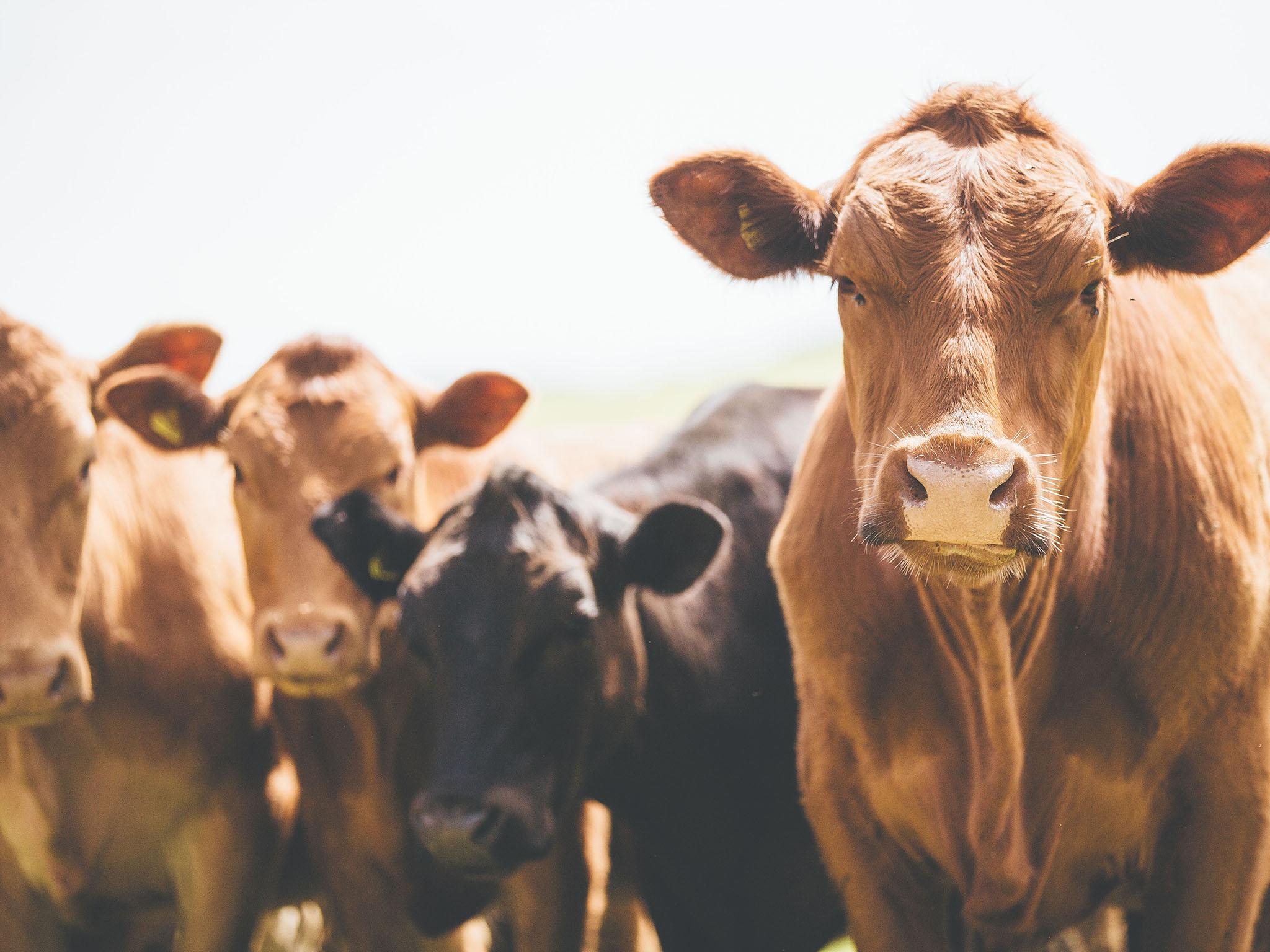
His ethos has since made way for others, such as root to shoot and lately, beak to claw. Chicken is the most wasted meat in the UK and that’s because breast is one of the most common cuts used and the rest is largely forgotten about will most poultry. At Duck and Waffle Local, head chef Dan Doherty’s menu has duck in almost every dish, using the likes of long lost cuts including gizzards and necks, and soon there are plans to even introduce heart, tongue and feet. He’s taken it away from its shackles of dishes such as duck a l’orange and instead modernised it into a duck burger, making it more accessible and imaginative.
They’ve set themselves apart from the vast majority of the rest of the industry, as Dan describes it: “We’ve not tied ourselves to a type of cuisine, but an ingredient and we can really make the most of it.”
After chicken and pork, beef is the third most wasted meat where £260m worth of the stuff, raw and cooked, is chucked annually. Darren Broom, chef of Nancarrow near Truro in Cornwall, is planning a weekend of feasting in October to feed 1,000 people from a single bullock reared on their organic farm, in a bid to show how beef can be consumed sustainably.
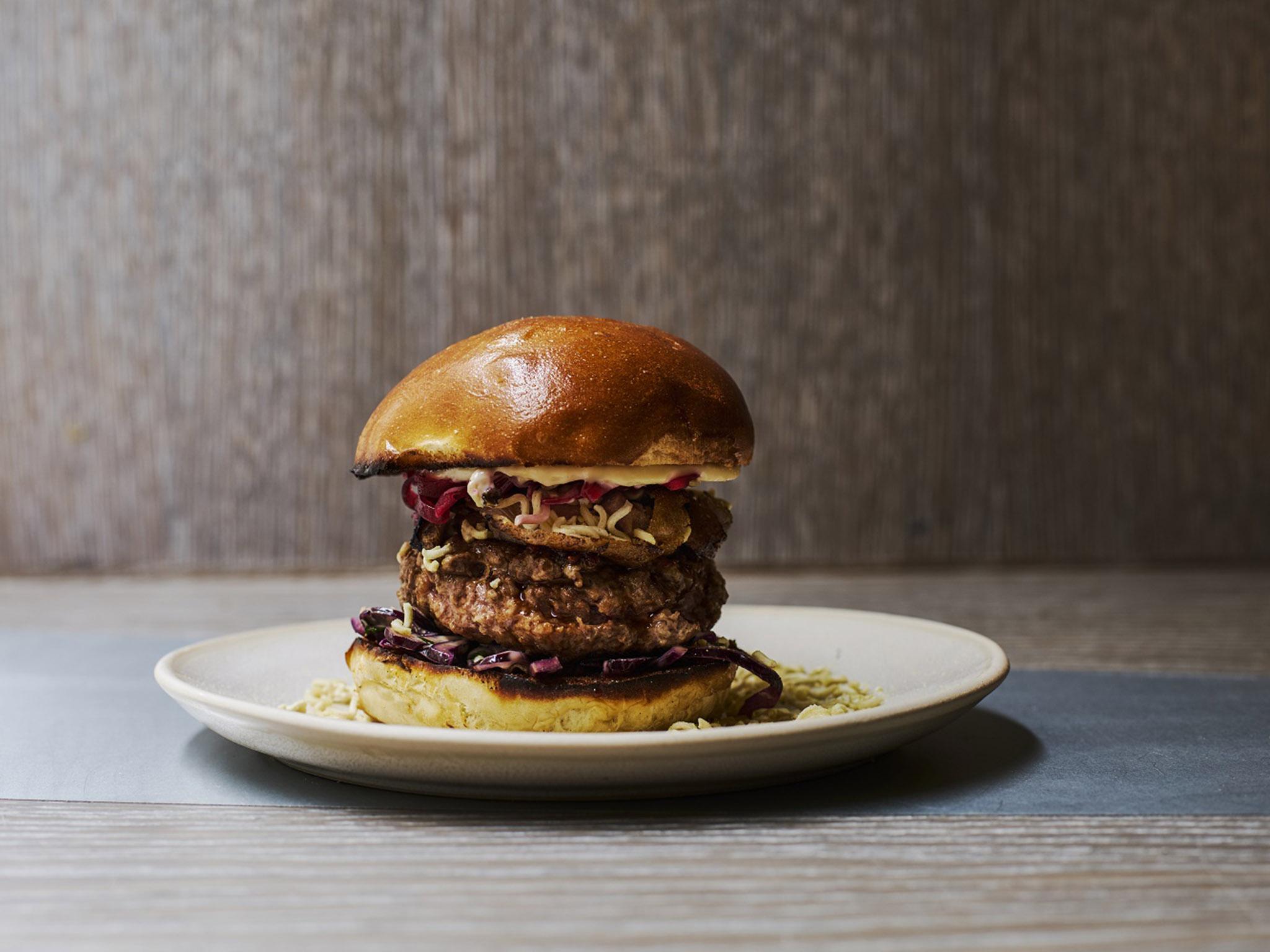
“Although a whole leg of beef, whole pig or lamb on the fire looks impressive, we also work with the lesser-known cuts and some are more challenging in their appeal than others. For example, offal served as part of a small bite or canapé, makes it more approachable,” says Steve Chamberlain, partner at Nancarrow.
Food waste facts
- 81 per cent of food waste is classed as being “possibly avoidable”, such as bread crusts and potato peelings
- A quarter of avoidable food thrown away each year is still in its packaging
- At least 8 per cent of all food waste is still within date
He says grilling is a great way to cook ox kidneys and liver, which he serves as a starter with a bone marrow salsa. “We recently served a starter with dehydrated and cured ox heart. It was inspired by a Nordic dish which uses reindeer heart.”
Mark Hartstone, chef of La Fosse in Cranborne, says the supplier food chain is often ineffective. Sourcing cheeks is only slowly becoming the norm in the UK. “I remember working in Raymond Blanc’s kitchen at Le Manoir, 11 years ago, where I was preparing 30 odd kilos of ox cheeks. Back then, there were only a few chefs using them. Or if they were, they wouldn’t admit it and would just put them in a beef bourguignon”.
Cuts like cheek and shin are on the rise, according to Julien Pursglove, master butcher at Sainsbury’s, which he largely puts down to the popularity of slow cooking. The cheaper cuts are still full of flavour and it’s about knowing what and how to cook them, as some of the steak cuts such as “onglet and bavette can be delicious but require careful handling as overcooking can make them tough”.
Going the whole hog
But what this movement shouldn’t do is to just shift the problem, as food writer and author of On the Side, Ed Smith says. “It doesn't mean that people should start to focus on the cuts that, traditionally, are unfashionable and smugly feel that they are satisfying their ethical obligation.”
Instead it’s better for chefs to buy a whole carcass, or as much of it as possible (especially poultry). “It comes down to understanding that there are only two chicken breasts or thighs to every chicken, two sirloins and fillets in each cow or pig, two legs and two shoulders to each lamb and so on. These things don't just magic themselves into a plastic box on the supermarket shelf,” he says.
One of the easiest animals to use whole is a pig. They grow quickly, don’t need huge amounts of land or produce much methane and have more usable parts than other animals.
Rooting out the waste
Aside from meat, 60 per cent of the salad bought goes into the bin, unused, and 26 per cent of unused fruit is also thrown, according to Wrap’s figures.
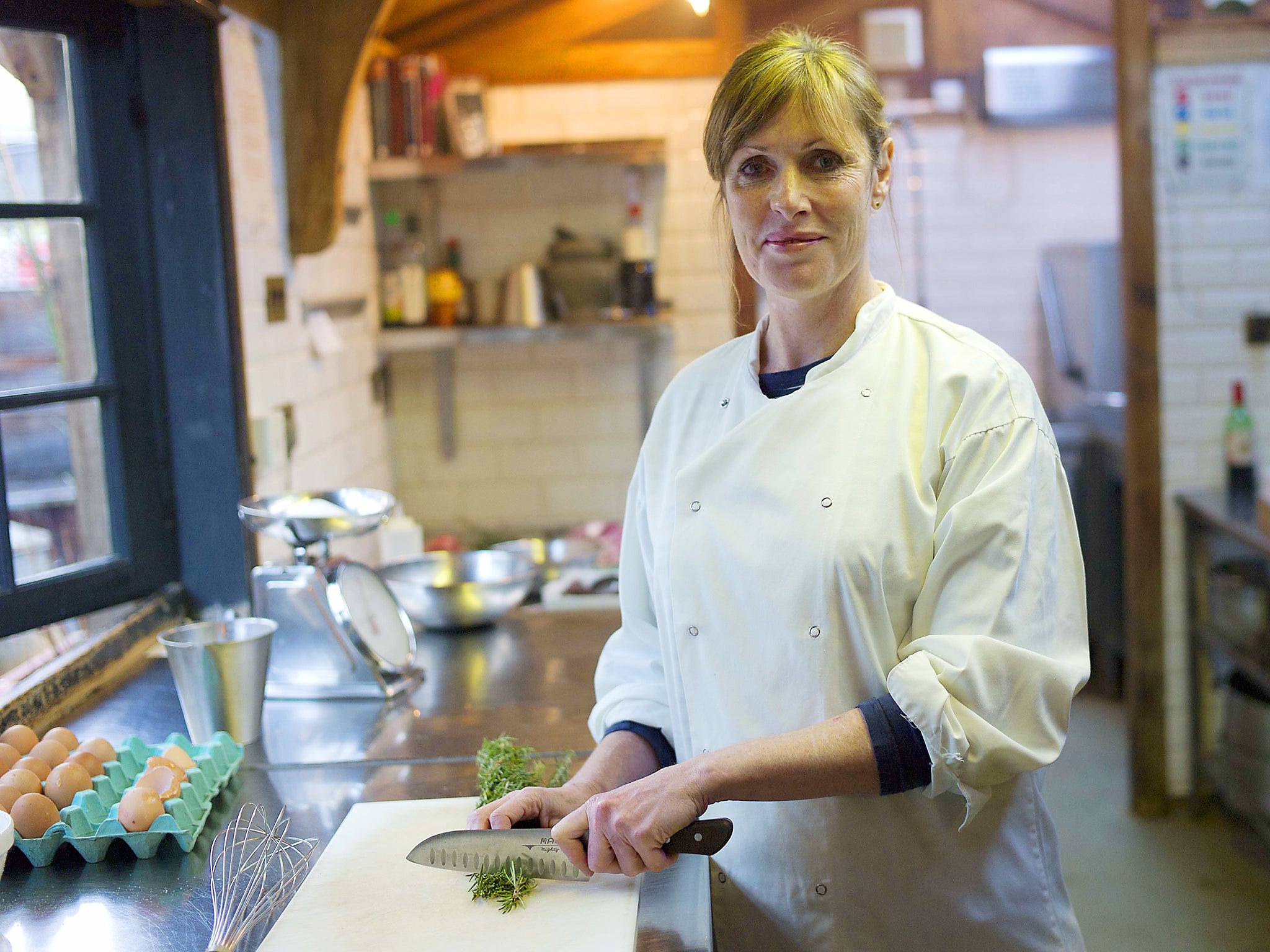
Skye Gyngell, executive chef at Spring, Somerset House, launched her root to stalk menu, named Scratch, on Wednesday, which runs until Sunday. She doesn’t refer to it as using waste food, as she think it sounds like dumpster diving. Instead, she prefers the term food writer Tamar Adler uses, which is describing it as “cooking with economy and grace”.
She’s known for celebrating seasonal local produce and was the former head chef at Petersham Nurseries glasshouse café for seven years, using produce from the small vegetable garden there. Now she has a direct farm-to-restaurant contract with Fern Verrow farm in Hertfordshire, which has helped to reduce the farm’s waste by 30 per cent, and encouraged Skye and her team to be inventive with their own leftovers.

“Over the past six months, we have tried pickling almost every single vegetable from carrots, asparagus ends and cabbage – mostly with great success and also braising, blanching and grilling,” says Skye. As well as vegetables, she also tackles milk by turning it into yoghurt and Labne, bread into flour, herb stalks into a herb jam and makes a potato skin mash with potato peelings and buttermilk.
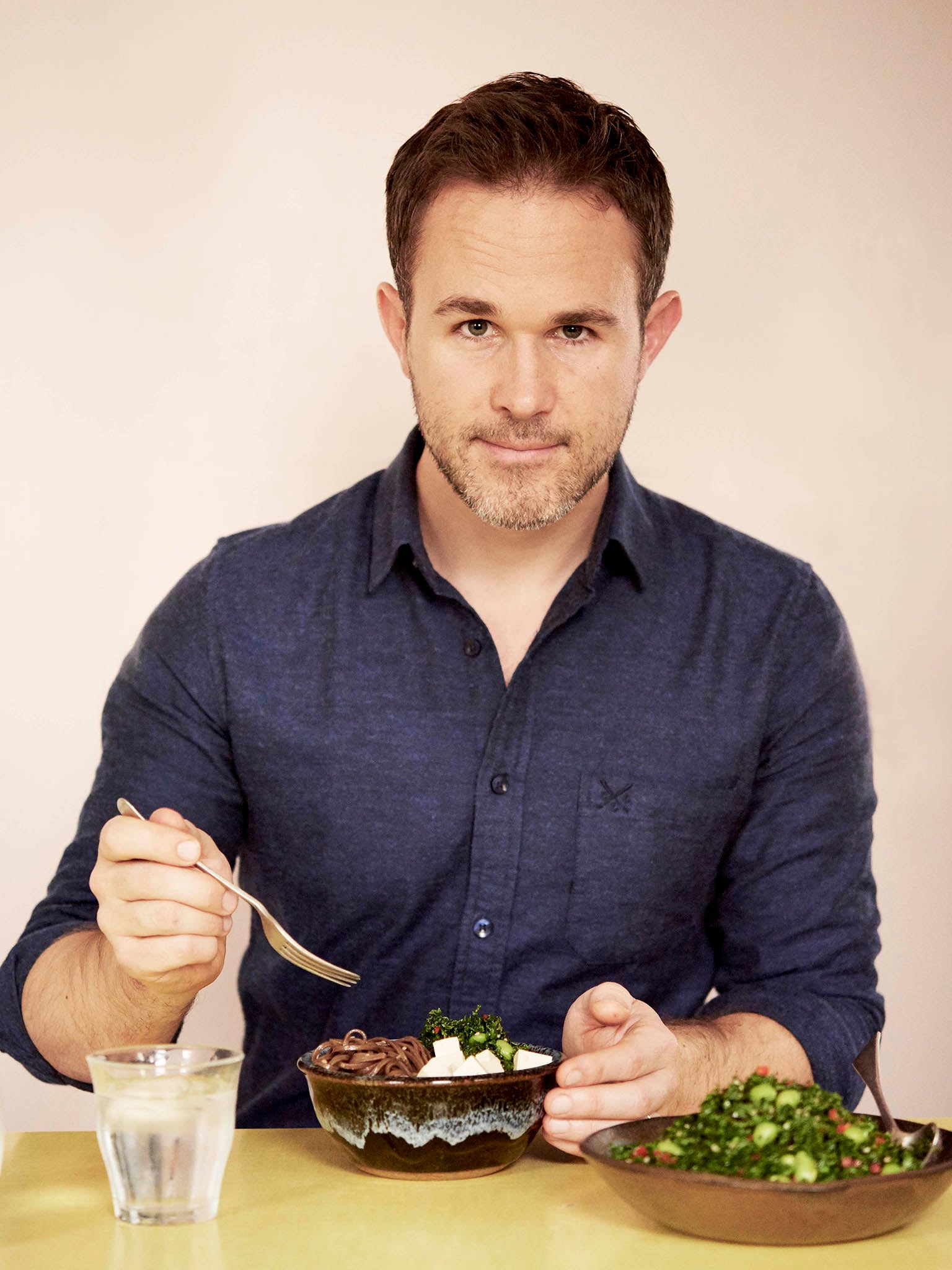
But it’s not just the actual vegetables themselves that can add to the waste. Vegetables wrapped in plastic with use by dates create huge amounts of the stuff. “We probably buy too much of it without thinking when it's going to be used; that the amount of plastic packaging both adds to waste and also causes things to go off more spectacularly than if unwrapped,” says Ed.
What we could be doing, he says, is using the greens of cauliflowers, leaves from beetroots and radishes, potato peeling which are versatile, nutritious and even taste good – despite what you might think.
Restaurants around the UK going the whole hog:
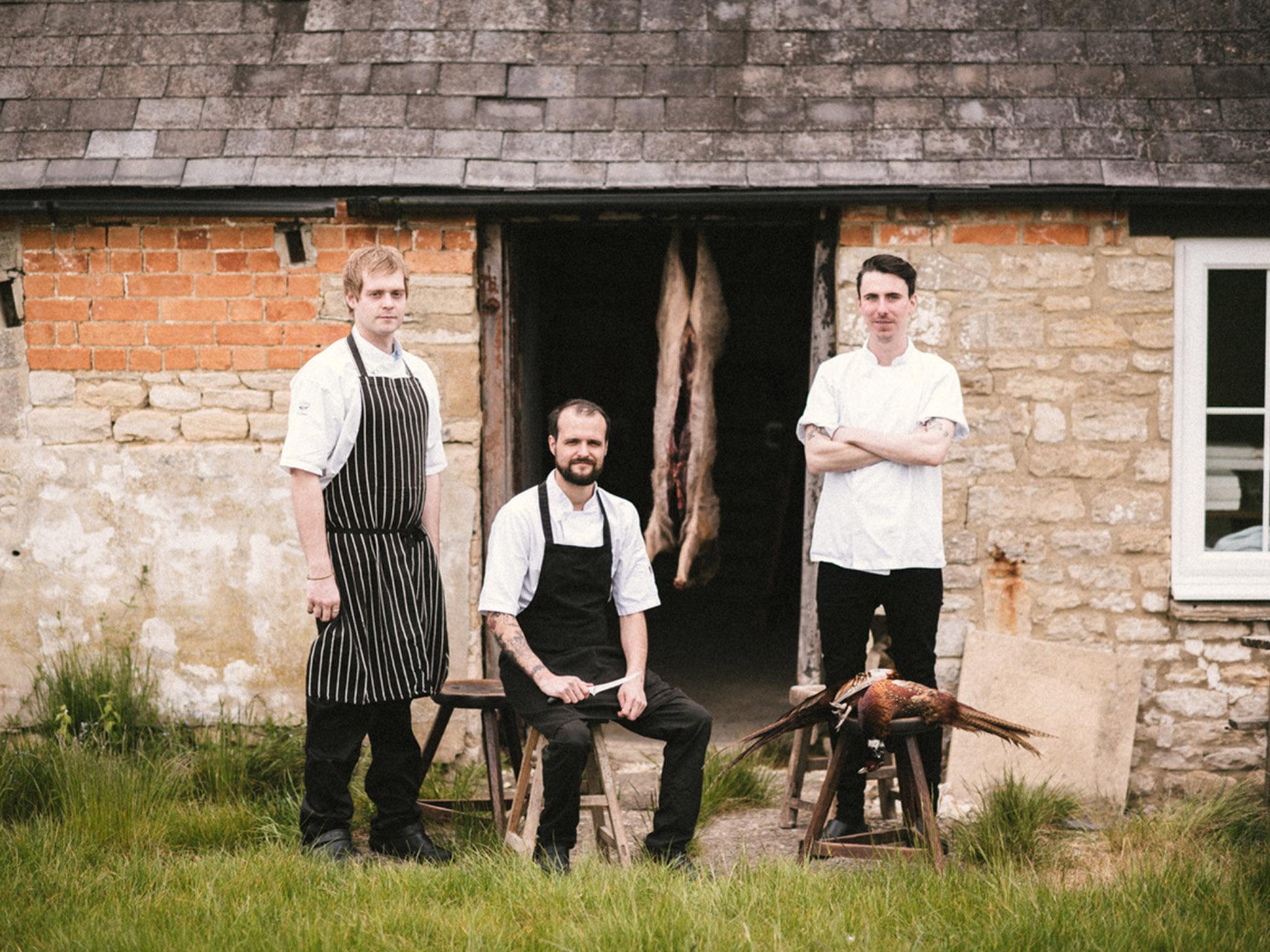
1. Artist Residence, Oxfordshire - artistresidenceoxford.co.uk
Opening this weekend, head chef Leon Smith – who trained under eco-chef Josh Eggleton and Tom Aikens – has put together a menu based on locally sourced and foraged produce. He is also working with local gamekeepers, ordering in birds in their entirety, butchering in-house and using offal. Expect dishes like devilled hearts and liver on toast. This week he’s using a whole venison and the following week will feature a lamb that’s from the field opposite.
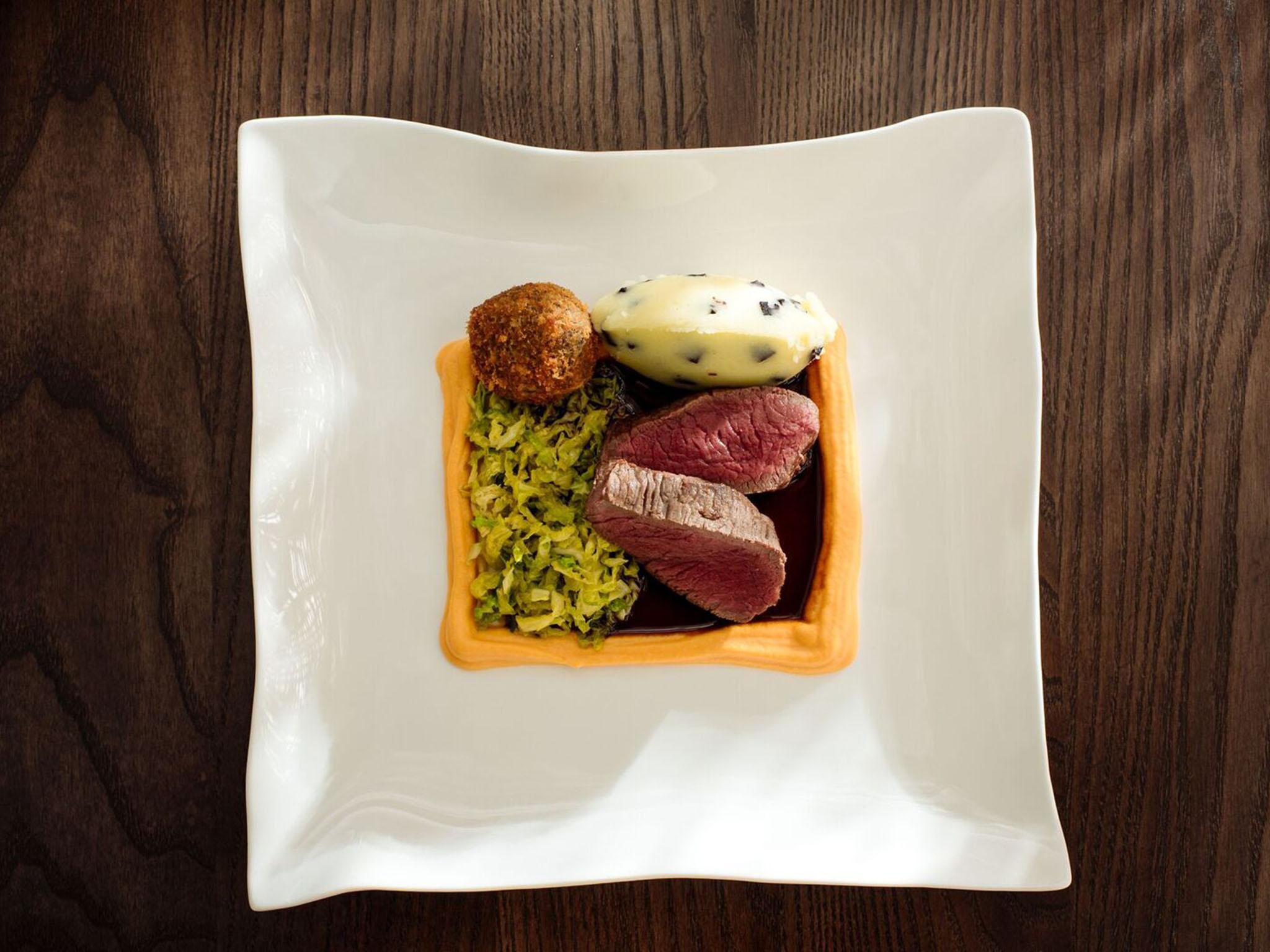
2. Wedgwood restaurant, Edinburgh - wedgwoodtherestaurant.co.uk
Head chef Paul Wedgwood uses innards to make haggis from animals including venison (above), rabbit, pigeon and squirrel and forages herbs from woods and riverbanks. The menus also feature two cuts of the same animal on one dish, including Scottish hogget loin and crisp breast as well as fillet and shin of Buccleuch beef, showcasing common and lesser known cuts together.
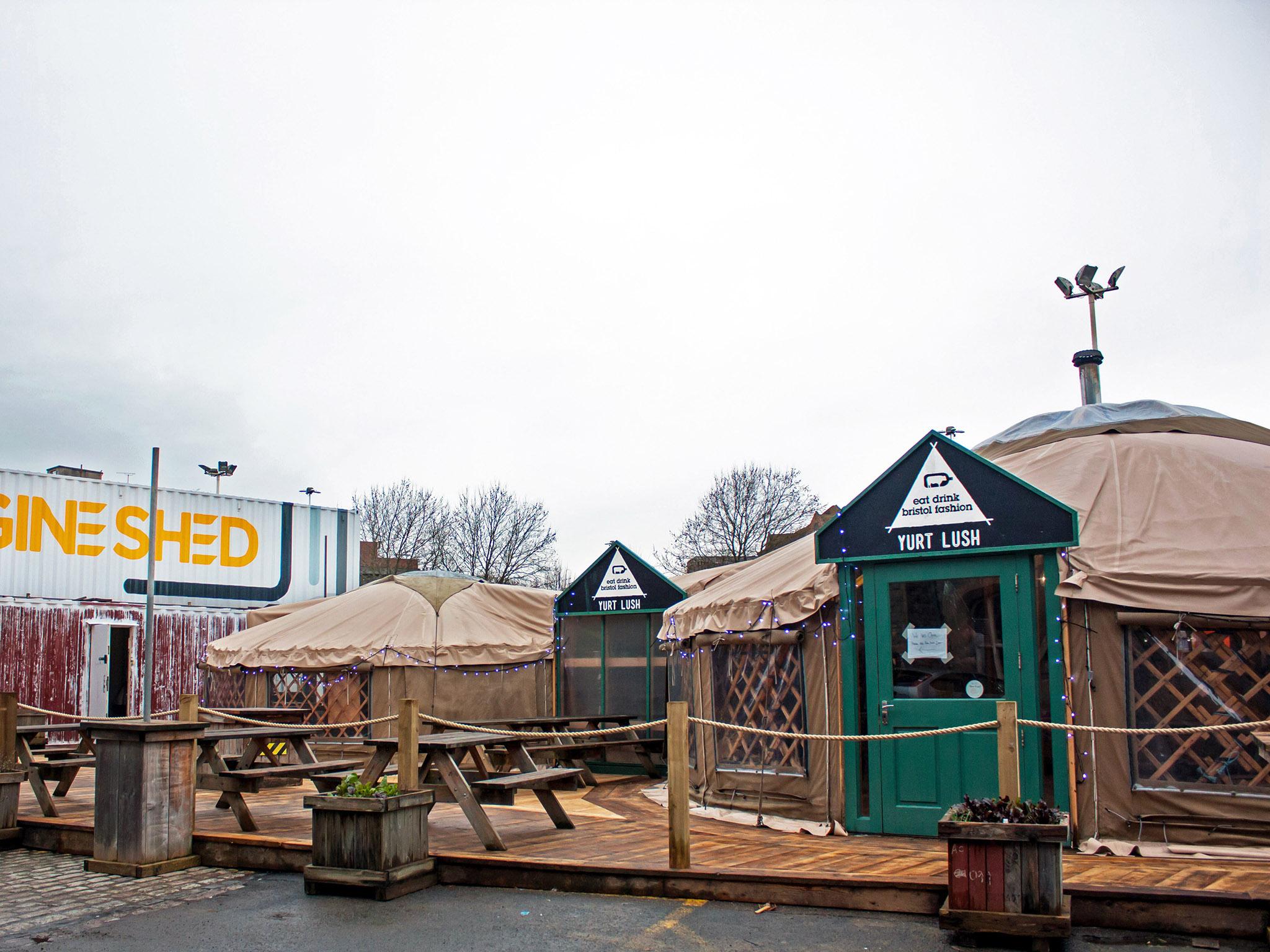
3. Yurt Lush, Bristol - eatdrinkbristolfashion.co.uk/yurtlush
Having attained the sustainable restaurant association’s highest rating of three stars, this Mongolian yurt café (only in Bristol) is run by Josh Eggleton – of Great British Menu fame – and head chef Oscar Davis. Their new evening bistro concept has a sustainable and traceable British menu dedicated to reducing waste, by using “out of vogue” ingredients like beef shin and brussels sprout tops – and is affordable at £15 for two courses.
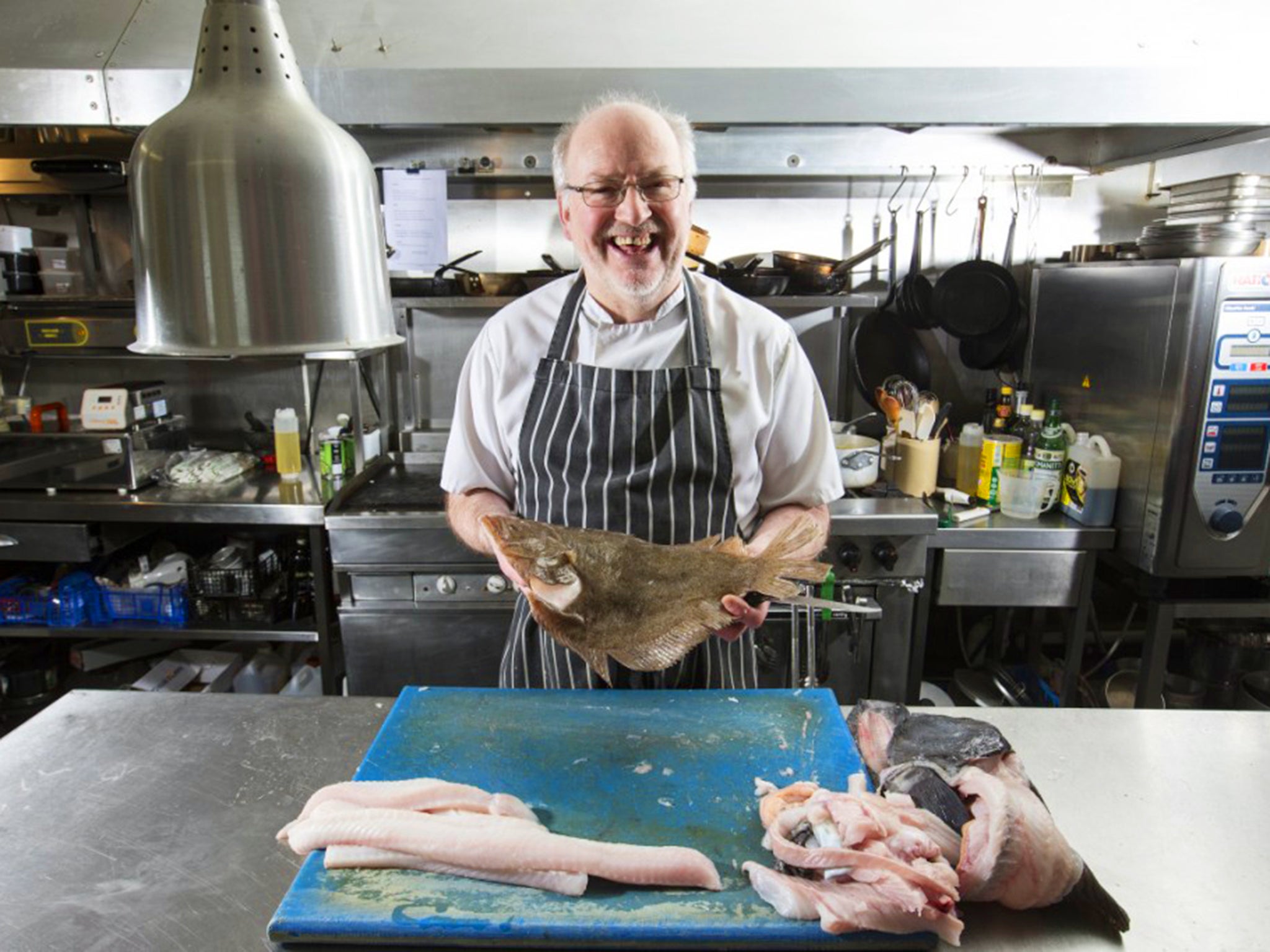
4. Captain’s Galley, Scotland - captainsgalley.co.uk
Refusing to serve seafood unless it’s in season, is the Captain’s Galley in Scotland’s most north-east county, Caithness. Run by husband and wife Mary and Jim Cowie, who renovated it from an ice house in 2001, it was awarded the most sustainable restaurant in 2015. Jim was an auctioneer at fish markets for 35 years and saw the decline of fish, which encouraged him to change career and operate the way he does.
Join our commenting forum
Join thought-provoking conversations, follow other Independent readers and see their replies
Comments